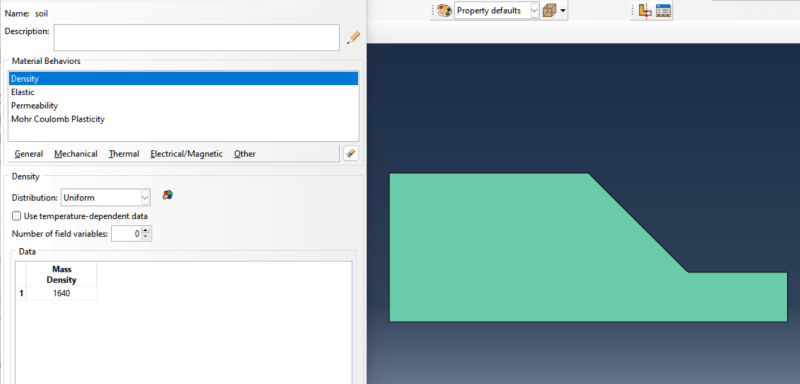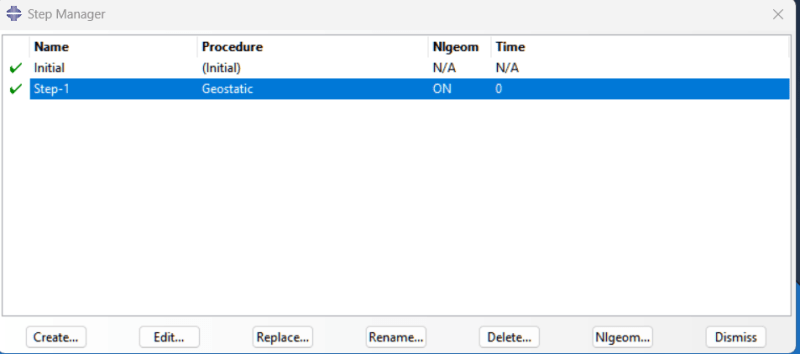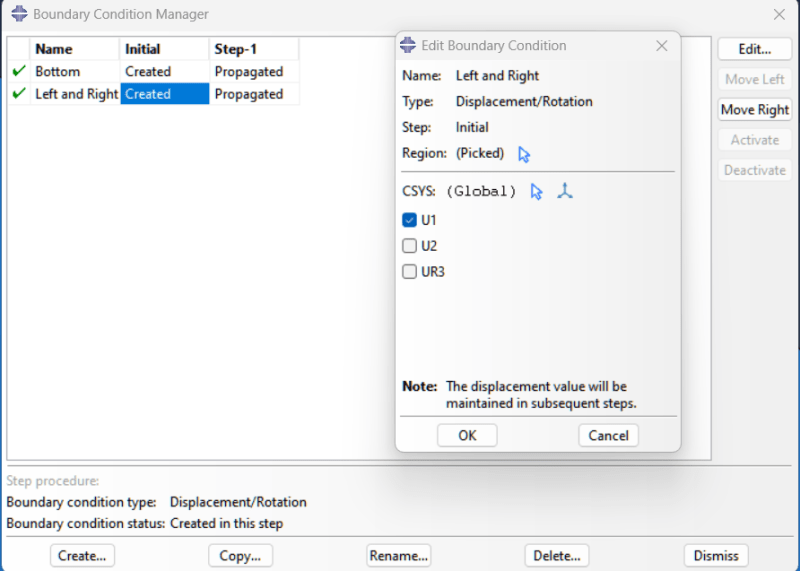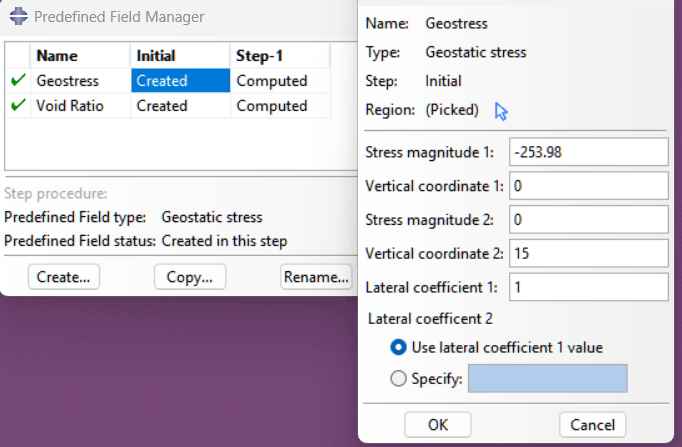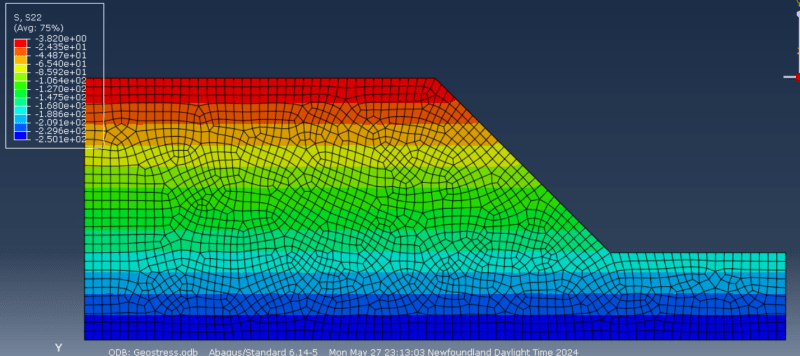SKSA
Civil/Environmental
- Feb 28, 2024
- 33
Hi,
I want to model this slope in Geostress condition where I will expect this kind of result after end of the step. I can apply predefined field in the slope. I want to run this analysis in Dynamic Explicit Mode. But after running this analysis , I am not getting the expected result as this figure shown. Rather it shows the same stress at the bottom where I would expect less stress in right side because height is smaller than left side. Can you please guide me how can I overcome this type of problems?
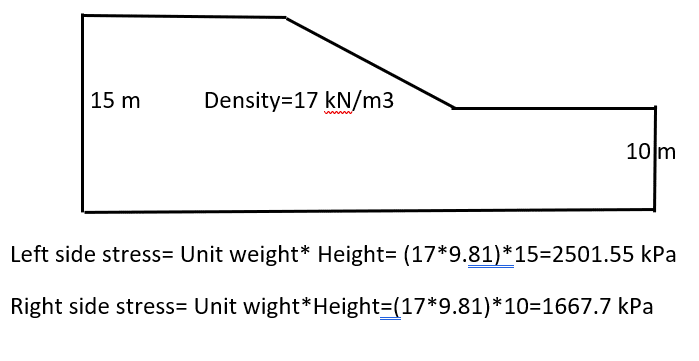
I want to model this slope in Geostress condition where I will expect this kind of result after end of the step. I can apply predefined field in the slope. I want to run this analysis in Dynamic Explicit Mode. But after running this analysis , I am not getting the expected result as this figure shown. Rather it shows the same stress at the bottom where I would expect less stress in right side because height is smaller than left side. Can you please guide me how can I overcome this type of problems?


